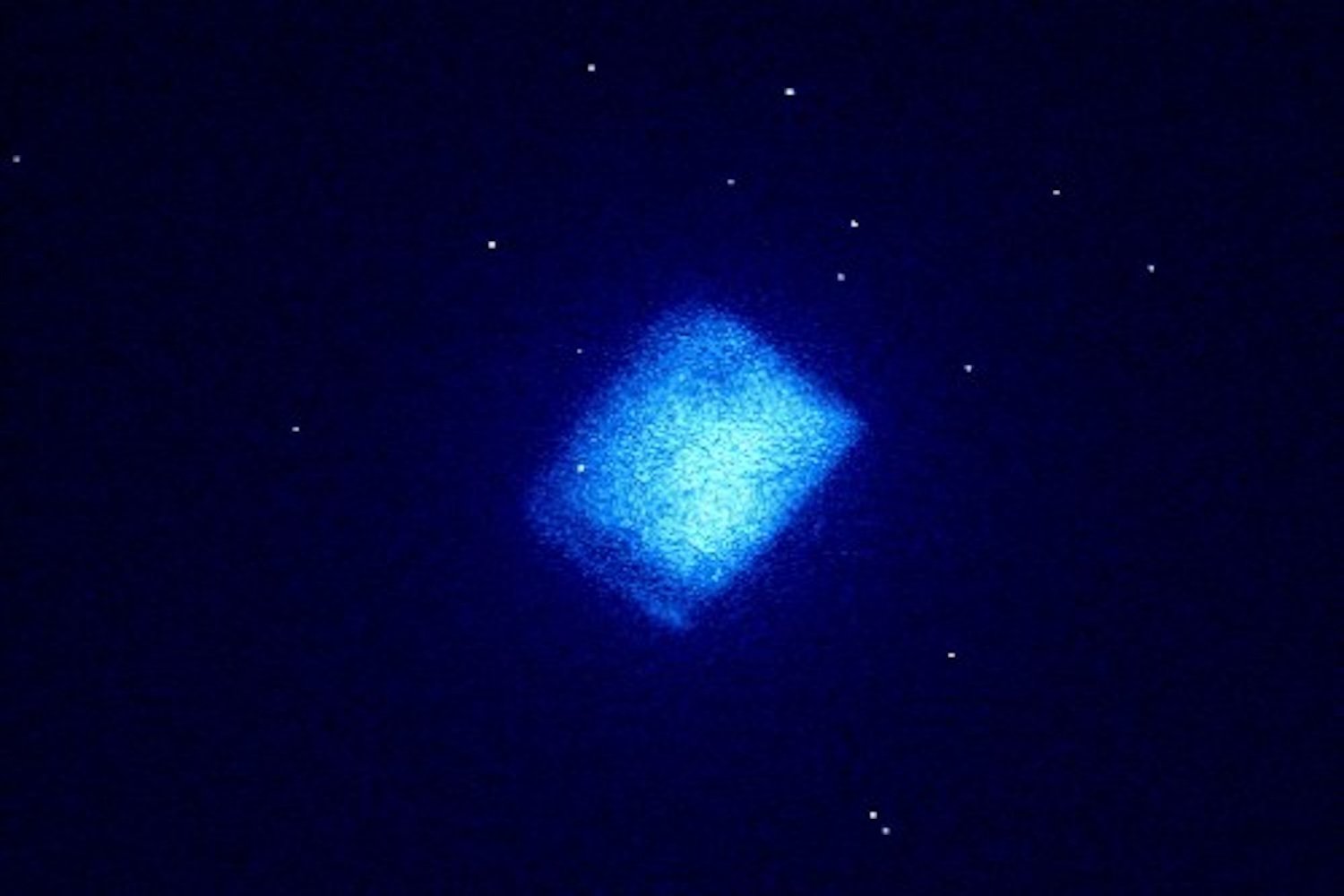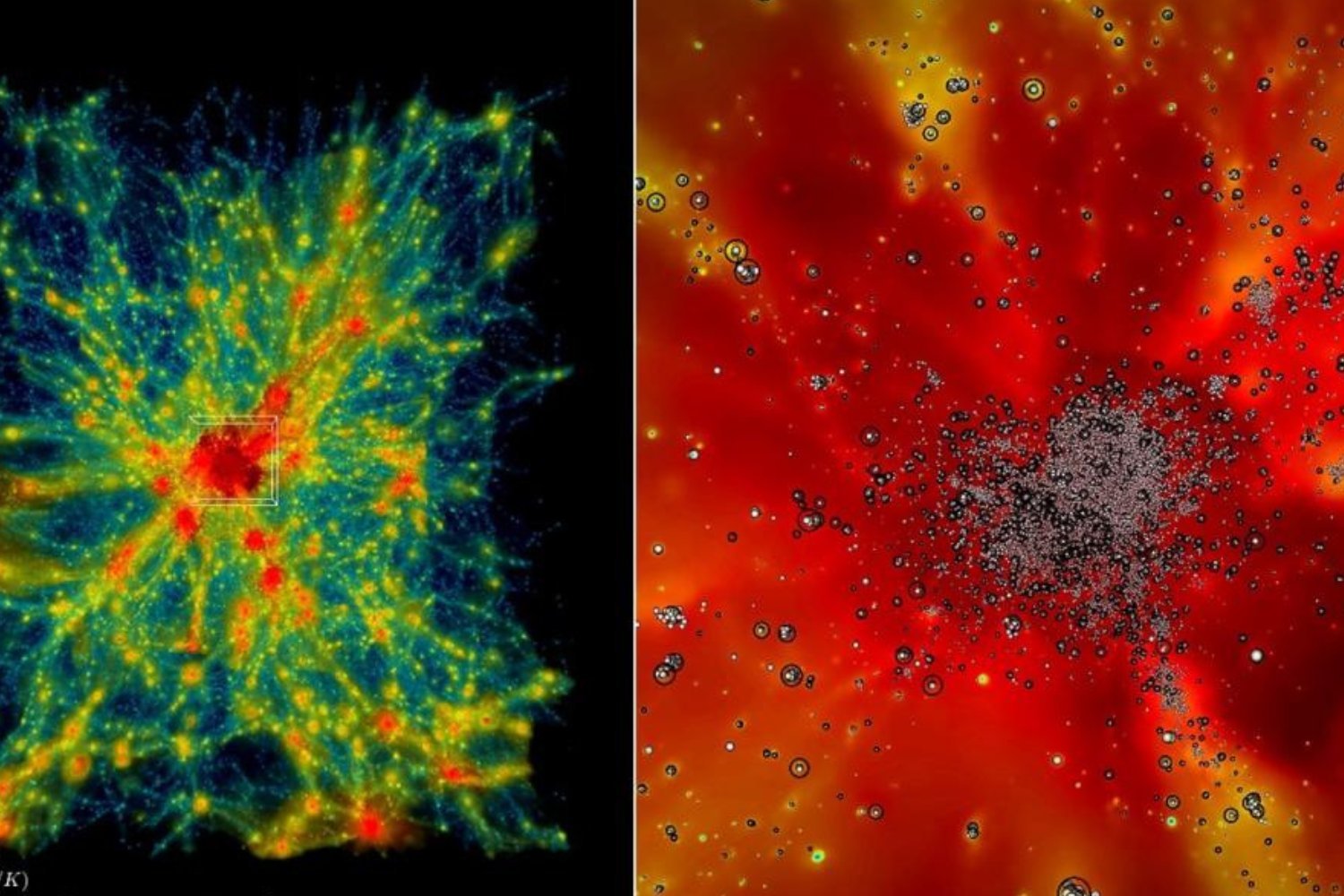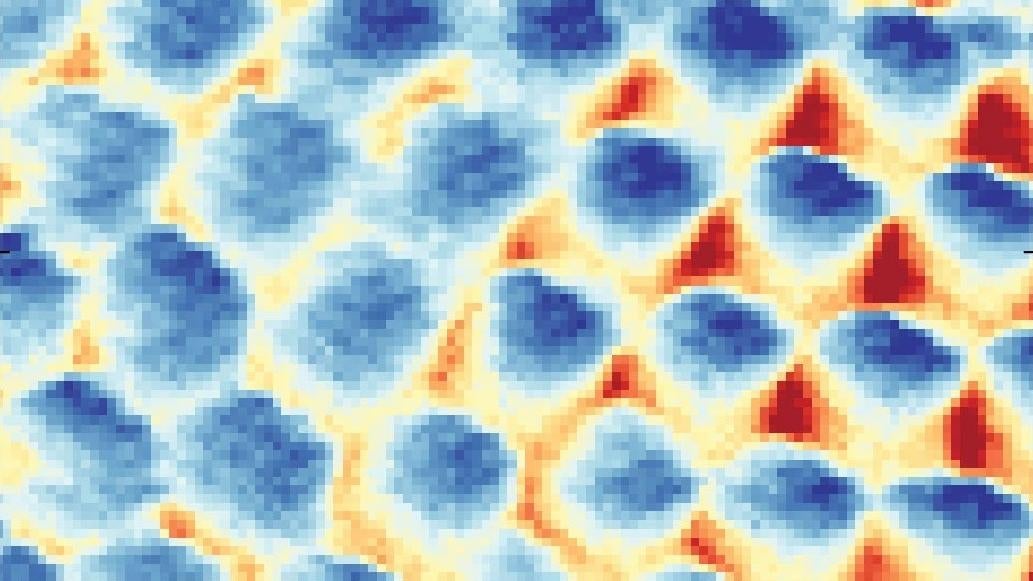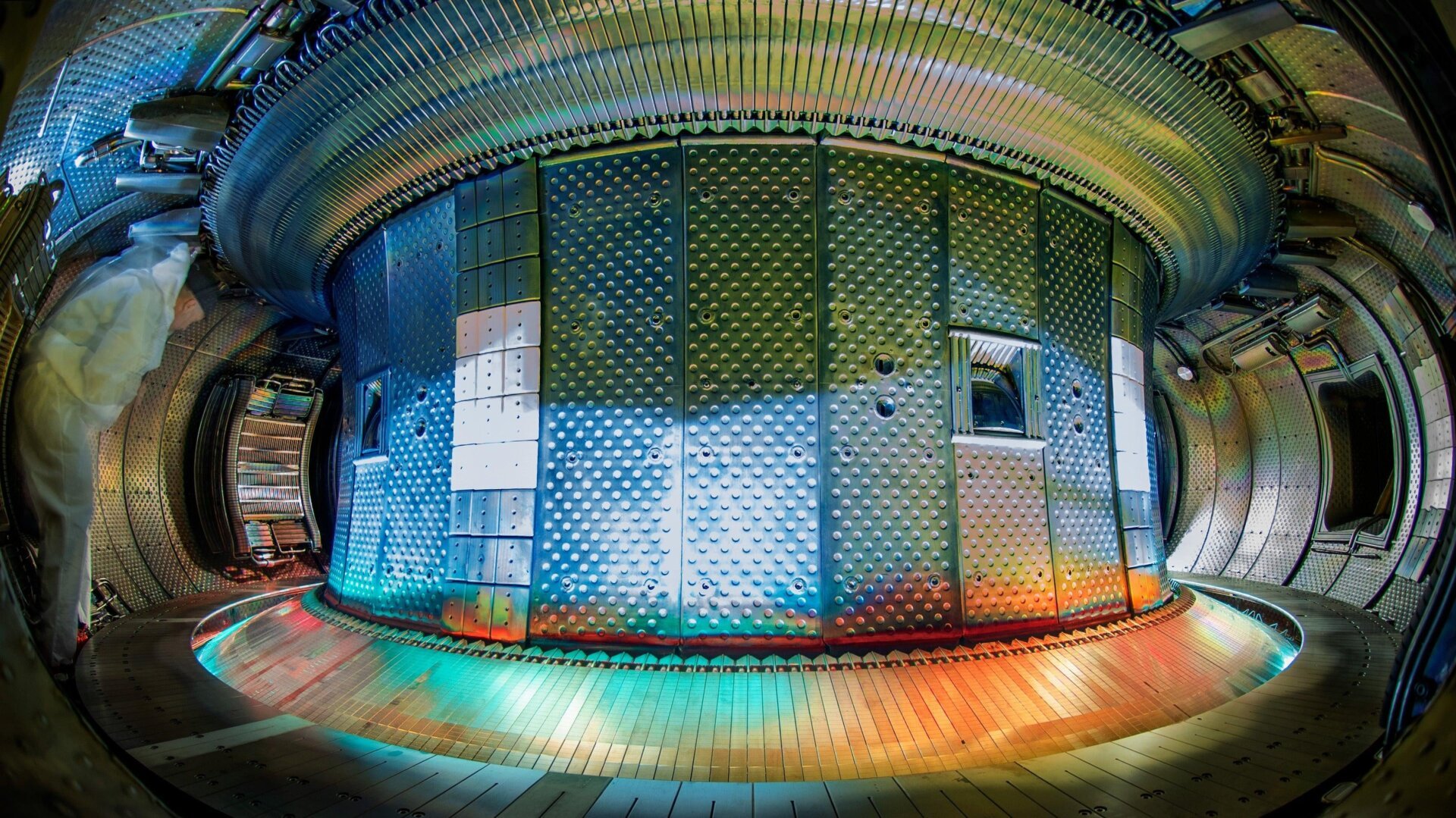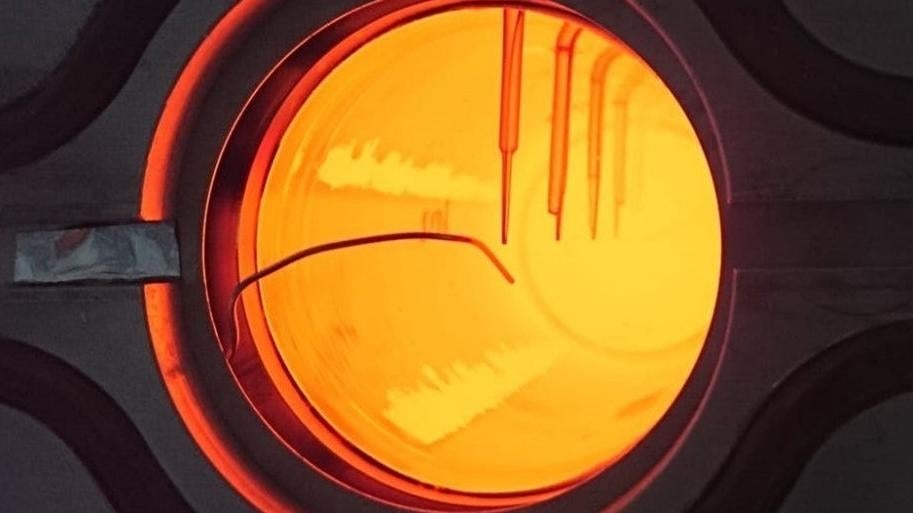Have you ever been frustrated by a dead battery at a crucial moment? Imagine a battery that could last not just for hours, but for thousands of years. Researchers from the University of Bristol and the UK Atomic Energy Authority (UKAEA) have developed a groundbreaking solution: the world’s first carbon-14 diamond battery. This revolutionary technology harnesses the energy of radioactive decay to provide continuous power for an astonishingly long lifespan, potentially transforming various industries from medicine to space exploration.
Harnessing the Power of Radioactive Decay
The carbon-14 diamond battery, as detailed in a December 4th announcement by the University of Bristol, utilizes carbon-14, a radioactive isotope commonly used in archaeological dating. This isotope emits electrons as it decays, and the diamond battery captures these electrons to generate a continuous, low-level current, much like solar panels convert sunlight into electricity. “Diamond batteries offer a safe, sustainable way to provide continuous microwatt levels of power,” explains Sarah Clark, Director of Tritium Fuel Cycle at UKAEA. This technology utilizes a manufactured diamond to securely encase small amounts of carbon-14.
The process involves creating a thin layer of diamond under sub-atmospheric pressure, according to Eseosa Ekanem, Senior Process Engineer at UKAEA. This diamond layer acts as a semiconductor, facilitating the flow of electrons and generating electricity.
A Battery with a Millennial Lifespan
Carbon-14 has a half-life of 5,730 years, signifying that half of its initial quantity will decay over that period, with the remaining half continuing to produce energy. This exceptional longevity makes the carbon-14 diamond battery a potential game-changer for applications requiring long-term, uninterrupted power.
Revolutionizing Medical Implants and Beyond
The biocompatibility of the diamond battery opens doors for its use in medical implants, such as pacemakers, ocular implants, and hearing aids. This eliminates the need for invasive surgical procedures to replace batteries, offering a safer and more convenient solution for patients. The diamond encasing also ensures the safe containment of radioactive decay, mitigating potential health risks associated with internal exposure to carbon-14.
Beyond medical applications, the robust nature of diamond makes this battery suitable for harsh environments, including long-duration space missions. This could power vital equipment and instruments without the logistical challenges of battery replacement. Furthermore, diamond batteries could power active radio frequency tags for long-term tracking in remote or even extraterrestrial locations.
From Space Exploration to Everyday Devices
“Our micropower technology can support a whole range of important applications from space technologies and security devices through to medical implants,” states Tom Scott of the University of Bristol. The potential extends to everyday devices as well. Fatimah Sanni, Senior Process Engineer at UKAEA, envisions diamond batteries powering everything from small satellites and computer chips to remote controls and wristwatches.
This innovation could significantly reduce our reliance on lithium-ion batteries, which have a considerable environmental footprint due to greenhouse gas emissions during production and toxic chemical release from improper disposal. Sanni envisions a future free of lithium-ion battery waste, where clean diamond batteries contribute to mitigating climate change.
The Future of Power
The carbon-14 diamond battery holds immense promise for a future powered by a clean, sustainable, and incredibly long-lasting energy source. From powering critical medical implants to enabling deep space exploration, this revolutionary technology has the potential to reshape industries and transform our daily lives. While still in its early stages, the development of the diamond battery represents a significant leap forward in energy technology, paving the way for a more sustainable and efficient future.



